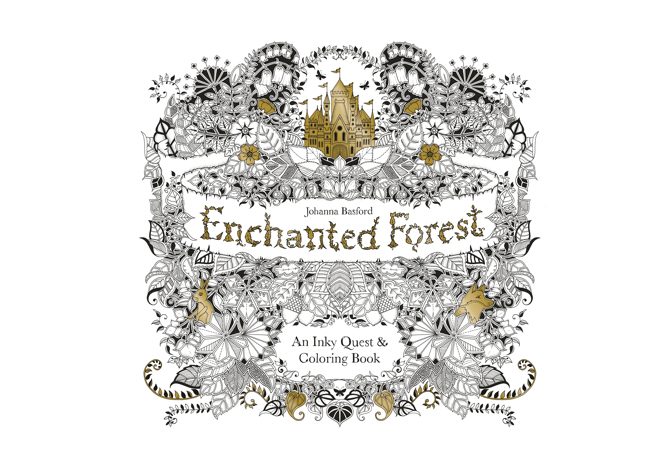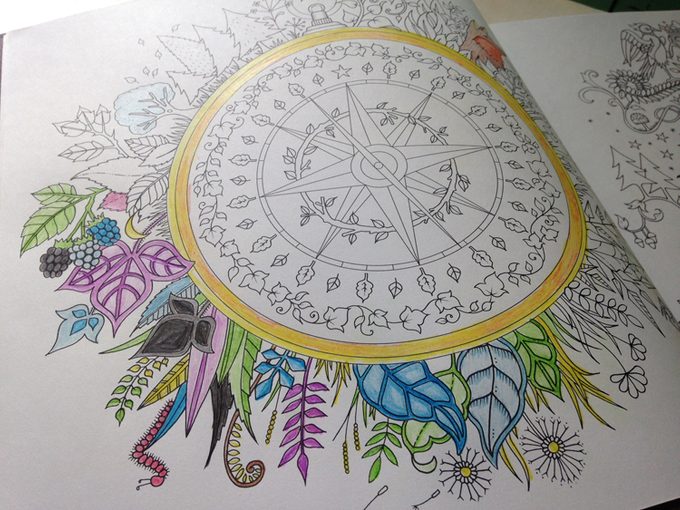Can Colouring Help Reduce Stress in Adults?
This childhood hobby is making a comeback. Here’s why colouring books for adults are the next best seller

As a new mom, there’s not much I can focus on these days. By the time I’ve finished a hectic day of work and put my seven-month-old daughter to sleep, my brain is too fried to concentrate on a book or even follow the plot of Mad Men (yes, I’m still catching up). Let’s just say I have a pretty good understanding of what it means to have ‘mommy brain.’
But one new hobby always helps me relax: colouring. A few months ago, I picked up a copy of Johanna Basford’s Enchanted Forest: An Inky Quest and Colouring Book (Laurence King Publishing, 2015), a so-called ‘colouring book for adults’ featuring elaborate illustrations of flora and fauna. I love it, and I’m not alone: Basford has sold millions of copies of her two colouring books, both of which have topped Amazon’s best sellers list for months.
I see evidence of a colouring craze in my friends home as well: elaborate colouring books are proudly displayed on coffee tables and bookshelves; packs of pencil crayons are given places of pride in the living room like priceless objets d’art.
For insight on why this simple analog activity has taken off, I rang up Janis Timm-Bottos, an associate professor of creative arts therapy at Concordia University in Montreal.
‘We have a lot of good memories of colouring from our childhoods,’ she explains. ‘It was a time when you didn’t have to do things in a certain way because you were playing.’
Colouring lets us experiment creatively when stakes are low. When many of us live chaotic day-to-day lives, simply selecting a colour from the box can give us a satisfying sense of control. Choosing to make the grass on my page purple instead of green is my own little act of creative rebellion.
It’s not too rebellious, though. The intricate line details in Basford’s books provide a safe jumping-off point for my creativity that’s way less intimidating than a blank canvas.
Timm-Bottos says some art therapists use colouring as a first healing step with clients. ‘For people experiencing dementia, or anxiety, the colouring page is a nice form. The image is already there; it’s a bit of a scaffolding that gives you a place to start from to build your confidence.’
It’s also extremely relaxing. The act of methodically filling in flower and animal shapes hones my focus in a way I’ve never been able to achieve in all my years of yoga classes.
‘Colouring as a practice is a type of meditation,’ says Timm-Bottos. ‘The brain loves rhythm, and there’s a rhythmic motion with your hand when you colour. You’re distracting your mind a bit by doing this rhythm, and it takes you out of the spiral of your problems and what you have to get done.’
And, it’s a much healthier distraction than binge-eating a chocolate bar!

Top photo: Enchanted Forest: An Inky Quest and Colouring Book; Bottom photo: Writer Jennifer Goldberg shows some of her work




